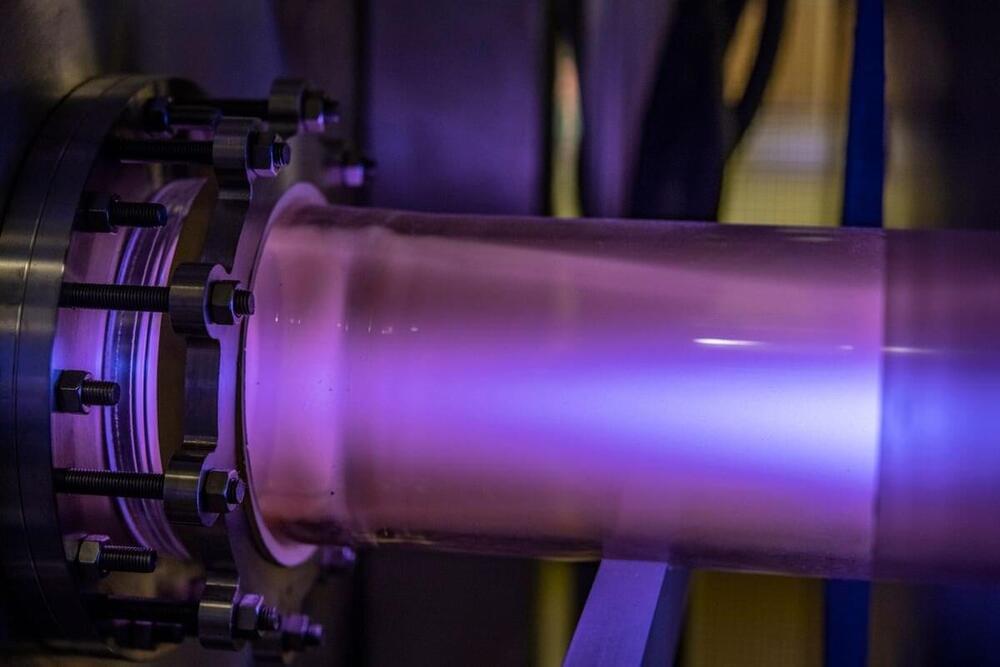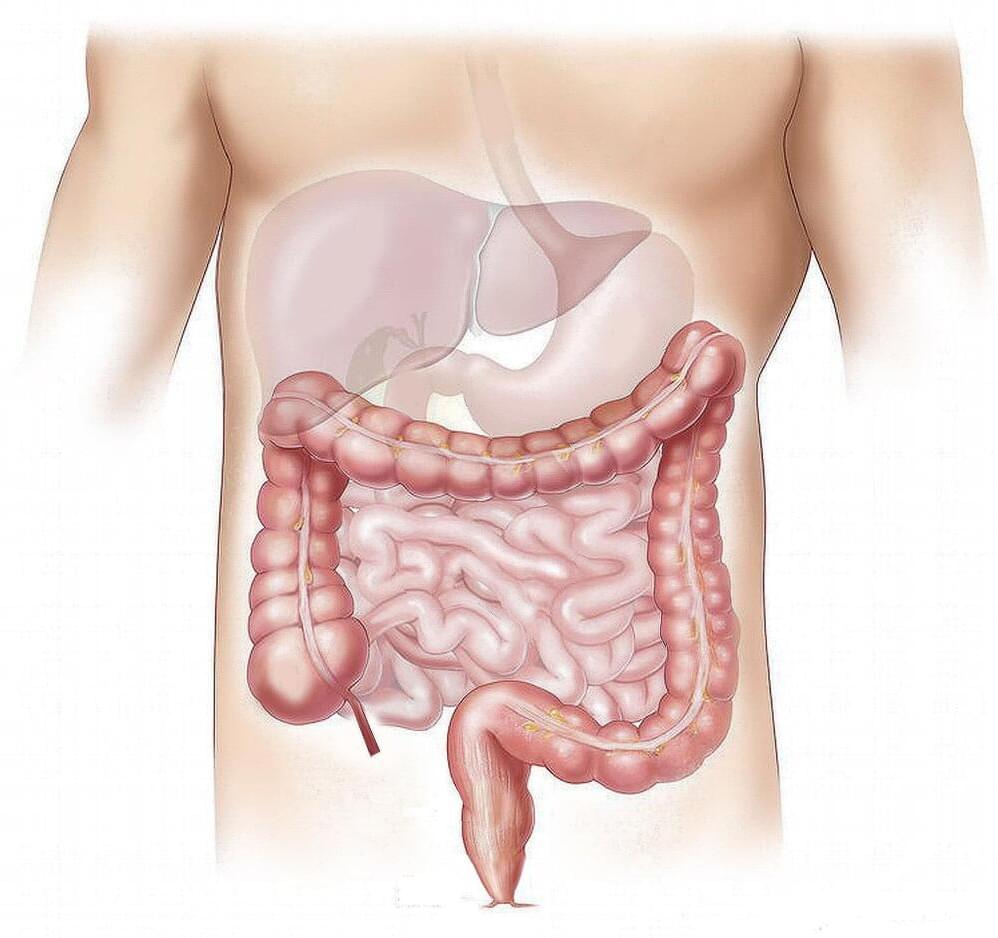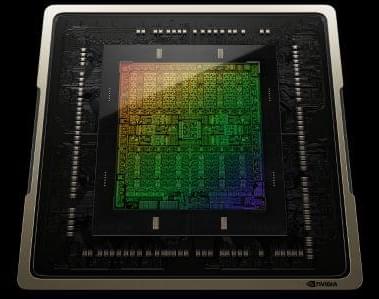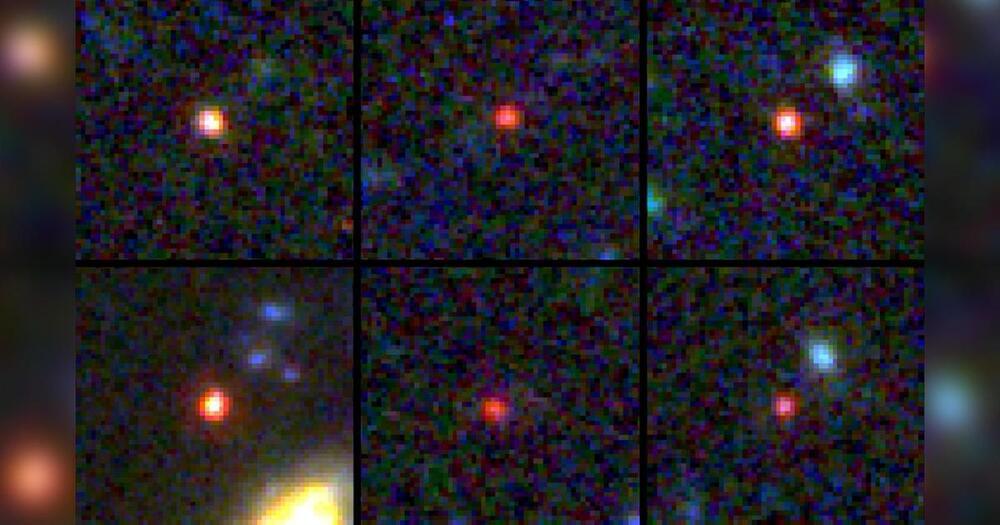The Vertiia’s box wing design reduces wingtip drag and ups aerodynamic efficiency, which will let it operate smoothly in urban environments.
Get the latest international news and world events from around the world.


Physicists give the first law of thermodynamics a makeover
West Virginia University physicists have made a breakthrough on an age-old limitation of the first law of thermodynamics.
Paul Cassak, professor and associate director of the Center for KINETIC Plasma Physics, and graduate research assistant Hasan Barbhuiya, both in the Department of Physics and Astronomy, are studying how energy gets converted in superheated plasmas in space.
Their findings, published in Physical Review Letters, will revamp scientists’ understanding of how plasmas in space and laboratories get heated up, and may have a wide variety of further applications across physics and other sciences.
Hoffman Λ Vervaeke: Redefining Reality
John Vervaeke and Donald Hoffman talk about infinity, ego, death, non-dualism, and what is reality. Sponsors:
- Brilliant: https://brilliant.org/TOE for 20% off.
- Masterworks: https://www.masterworks.com promo code TOE
- Shopify: https://www.shopify.com/theories to start your free trial.
*New* TOE Website (early access to episodes): https://theoriesofeverything.org/
Patreon: https://patreon.com/curtjaimungal.
Crypto: https://tinyurl.com/cryptoTOE
PayPal: https://tinyurl.com/paypalTOE
Twitter: https://twitter.com/TOEwithCurt.
Discord Invite: https://discord.com/invite/kBcnfNVwqs.
iTunes: https://podcasts.apple.com/ca/podcast/better-left-unsaid-wit…1521758802
Pandora: https://pdora.co/33b9lfP
Spotify: https://open.spotify.com/show/4gL14b92xAErofYQA7bU4e.
Subreddit r/TheoriesOfEverything: https://reddit.com/r/theoriesofeverything.
LINKS MENTIONED:
- Important TOE ep: Lilian Dindo: https://youtu.be/L_hI7JNsbt0
- Important TOE ep: Karl Friston (Part 2): https://youtu.be/SWtFU1Lit3M
- The Meaning Crisis: https://www.youtube.com/playlist?list=PLND1JCRq8Vuh3f0P5qjrSdb5eC1ZfZwWJ
- Donald Hoffman theolocution w/ Joscha Bach: https://youtu.be/bhSlYfVtgww.
- John Vervaeke theolocution w/ Joscha Bach: https://youtu.be/rK7ux_JhHM4
- John Vervaeke theolocution w/ Bernardo Kastrup: https://youtu.be/zw6BFDJ765w.
- John Vervaeke solo TOE podcast: https://youtu.be/3p8o3-7mvQc.
- Donald Hoffman solo TOE podcast: https://youtu.be/CmieNQH7Q4w.
TIMESTAMPS:
00:00:00 Introduction.
00:03:10 Zen, intelligibility, and Neoplatonism.
00:05:26 Physics and consciousness.
00:07:16 Spacetime and Nima Arkani Hamed.
00:09:34 What do they find impactful about one another’s work?
00:14:27 What does “fundamental” mean?
00:22:08 Reality vs. Fundamentality.
00:25:07 Gödel’s incompleteness is NOT about TOEs.
00:35:49 Science predicts its own demise.
00:46:00 Psychosis, derealization, and the terror of delving into TOEs.
01:02:17 Morality and “the ego“
01:08:04 Infinity and “the one“
01:28:47 Coleman Mandula theorem.
01:31:59 Debate: Spacetime is real vs. unreal.
01:52:03 Reality, evolution and infinity.
02:08:35 Truth, misframing, and love.

Psyllium fiber protects against colitis
Psyllium fiber protects against ulcerative colitis and suppresses inflammation by activating the bile acid nuclear receptor, a mechanism that was previously unrecognized, according to a new study by researchers in the Institute for Biomedical Sciences at Georgia State University.
The findings published in the journal Cellular and Molecular Gastroenterology and Hepatology (CMGH) reveal that psyllium, which is semi-soluble and derived from Plantago seeds, inhibits inflammation that can lead to colitis in mice by increasing serum bile acids, resulting in the activation of the farnesoid X receptor (FXR), a bile acid nuclear receptor.
Fiber-rich foods promote intestinal and metabolic health, but the extent of protection varies for each fiber type and the mechanisms that offer this protection are poorly defined. It has been unclear whether dietary fiber can benefit severe forms of intestinal inflammation, such as Crohn’s disease and ulcerative colitis, which are collectively known as inflammatory bowel disease (IBD) and affect 3 million adults in the United States.

Nvidia predicts AI models one million times more powerful than ChatGPT within 10 years
A million here, times a million there. Pretty soon you’re talking about big numbers. So Nvidia claims for its AI accelerating hardware in terms of the performance boost it has delivered over the last decade and will deliver again over the next 10 years.
The result, if Nvidia is correct, will be a new industry of AI factories across the world and gigantic breakthroughs in AI processing power. It also means, ostensibly, AI models one million times more powerful than existing examples, including ChatGPT, in AI processing terms at least.
How Star Collisions Forge the Universe’s Heaviest Elements
Bits of the stars are all around us, and in us, too. About half of the abundance of elements heavier than iron originates in some of the most violent explosions in the cosmos. As the universe churns and new stars and planets form out of old gas and dust, these elements eventually make their way to Earth and other worlds. After 3.7 billion years of evolution on our planet, humans and many other species have come to rely on them in our bodies and our lives. Iodine, for instance, is a component of hormones we need to control our brain development and regulate our metabolism. Ocean microplankton called Acantharea use the element strontium to create intricate mineral skeletons. Gallium is critical for the chips in our smartphones and our laptop screens. And the mirrors of the JWST are gilded with gold, an element useful for its unreactive nature and ability to reflect infrared light (not to mention its popularity in jewelry).
Scientists have long had a basic idea of how these elements come to be, but for many years the details were hazy and fiercely debated. That changed recently when astronomers observed, for the first time, heavy-element synthesis in action. The process, the evidence suggests, went something like this.
Eons ago a star more than 10 times as massive as our sun died in a spectacular explosion, giving birth to one of the strangest objects in the universe: a neutron star. This newborn star was a remnant of the stellar core compressed to extreme densities where matter can take forms we do not understand. The neutron star might have cooled forever in the depths of space, and that would have been the end of its story. But most massive stars live in binary systems with a twin, and the same fate that befell our first star eventually came for its partner, leaving two neutron stars circling each other. In a dance that went on for millennia, the stars spiraled in, slowly at first and then rapidly. As they drew closer together, tidal forces began to rip them apart, flinging neutron-rich matter into space at velocities approaching one-third the speed of light. At last the stars merged, sending ripples through spacetime and setting off cosmic fireworks across the entire electromagnetic spectrum.
Journey to Alpha Centauri
To get started planning a career that works on one of the world’s most pressing problems, sign up now at https://80000hours.org/isaacarthur.
Alpha Centauri may be the closest star system to us, but reaching it will be the voyage of a lifetime.
Visit our Website: http://www.isaacarthur.net.
Join Nebula: https://go.nebula.tv/isaacarthur.
Support us on Patreon: https://www.patreon.com/IsaacArthur.
Support us on Subscribestar: https://www.subscribestar.com/isaac-arthur.
Facebook Group: https://www.facebook.com/groups/1583992725237264/
Reddit: https://www.reddit.com/r/IsaacArthur/
Twitter: https://twitter.com/Isaac_A_Arthur on Twitter and RT our future content.
SFIA Discord Server: https://discord.gg/53GAShE
Listen or Download the audio of this episode from Soundcloud: Episode’s Audio-only version: https://soundcloud.com/isaac-arthur-148927746/journey-to-alpha-centauri.
Episode’s Narration-only version: https://soundcloud.com/isaac-arthur-148927746/journey-to-alp…ation-only.
Credits:
Journey to Alpha Centauri.
Science & Futurism with Isaac Arthur.
Episode 383, February 23, 2023
Written, Produced & Narrated by Isaac Arthur.
Editors:
Briana Brownell.
Darius Said.
David McFarlane.
Graphics:

Science On Why Banana Leaves Have Been a Part of Indian Food For Centuries
Whether it is steamed idli, Gujarati snack, panki; Parsi’s patra ni machchi, Assam’s bhapot diya maach or the elaborate Onam Sandhya from Kerala, the humble banana leaf has found its way into many cuisines.
It is also very versatile as food can be steamed, grilled and deep-fried. It can also be used as a serving plate and packaging material.
While banana leaves have been an integral part of the desi food and traditions, did you know there are health benefits to it as well?

Webb telescope makes a surprising galactic discovery in the distant universe
“These objects are way more massive than anyone expected,” said study coauthor Joel Leja, assistant professor of astronomy and astrophysics at Penn State University, in a statement. “We expected only to find tiny, young, baby galaxies at this point in time, but we’ve discovered galaxies as mature as our own in what was previously understood to be the dawn of the universe.”
The telescope observes the universe in infrared light, which is invisible to the human eye, and is capable of detecting the faint light from ancient stars and galaxies. By peering into the distant universe, the observatory can essentially see back in time up to about 13.5 billion years ago. (Scientists have determined the universe is about 13.7 billion years old.)
The operations center for the telescope is in Baltimore City, at the Space Telescope Science Institute on the Johns Hopkins campus.